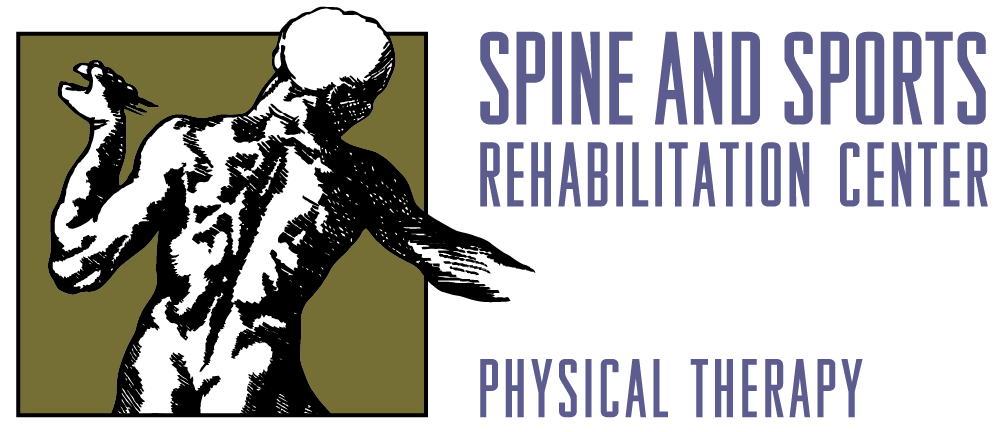Mattresses
Patients often remark that they feel great during the day, go to bed at night, then wake up feeling significant stiffness or pain in their back or neck. This pain may be caused by a variety of factors, sleep position, mattress variety and/or pillow position.
People default to 1 of 3 sleep positions - stomach, side, or back.
STOMACH SLEEPER
When you sleep on your stomach, your head/neck are turned for 7-8 hours per night. In addition, gravity pushes your lower back into excessive lordosis (too much arch), thus putting your lower back into a compromised position. These can both cause stiffness or pain.
SIDE SLEEPER
Lying on your side is better than sleeping on your stomach because your spine rests in a more neutral position with regards to its natural curves. Since you are favoring one side, this can have a negative effect on your body if you lack proper muscle stabilization.
BACK SLEEPER
Lying on your back provides the best support relative to how the human spine is constructed. This is probably the best sleep position.
If you are currently sleeping on your stomach and feel pain in your neck and/or lower back when you get out of bed in the morning, I recommend that you try shifting positions to see if it makes a difference.
I know what you’re thinking… “I am a perfect specimen of a human being and my muscles will provide me with adequate stabilization in any position I choose!” Definitely! Good for you. The real culprit to your lumbar discomfort MUST be that darned mattress that your significant other made you buy.
Typically, mattresses come in 3 varieties: soft, firm, and medium.
SOFT
A certain amount of stability is required for the spine to behave optimally. Soft mattresses do not provide enough support. After 7-8 hours of sleep, a soft mattress will leave you too stretched out
FIRM
The firm mattress may cause a similar problem. A healthy human spine has some natural curvature. A very stiff mattress may force you into a restricted position that is not physiologically healthy.
MEDIUM
The best solution is a mattress with a density betwixt that of too firm or too soft.
Keep in mind that old mattresses lose a significant portion of their original consistency over time. Consider replacing your traditional mattress after 7-10 years or after 15+ years for a memory foam/latex mattress.
Finally, strategically placed pillows can make a surprising difference in stress on the back, neck, and hips.
SIDE-SLEEPING
Be sure the head pillow is not too high (neck gets “cricked” up) or too low (neck gets “cricked” down). A line between your eyes down the center of your nose should be parallel to the bed. Add a pillow between the knees to reduce stress on the hips and lower back. A pillow under your trunk may help to take pressure off of the “down” shoulder or hip.
BACK-SLEEPING
Too big of a pillow under your head puts too much “flexion” stress on the ligaments and discs of the neck. Too thin of a pillow, or no pillow puts pressure on the joints of the neck (arthritis doesn’t like this). A pillow under the knees should take pressure off of your lower back.
If you’ve tried all of the above and you still experience pain, do not fret, we are here for you. I recommend that you stop trying to solve your problems via reading questionable information on the internet and quickly schedule a visit with your local, wise, friendly, and good-looking physical therapist to get your problem fixed.
If you would like more specific information on the various mattress types, the following link is for you:
How to Pick Your Perfect Mattress
If you are a medical provider and you would like a fancy, analytical systematic review about the relationship between sleep and back pain, here ya go:
Follow this link for a demonstration on how to use pillows to alleviate pain at night.
Contact us for more information or to schedule an appointment.



